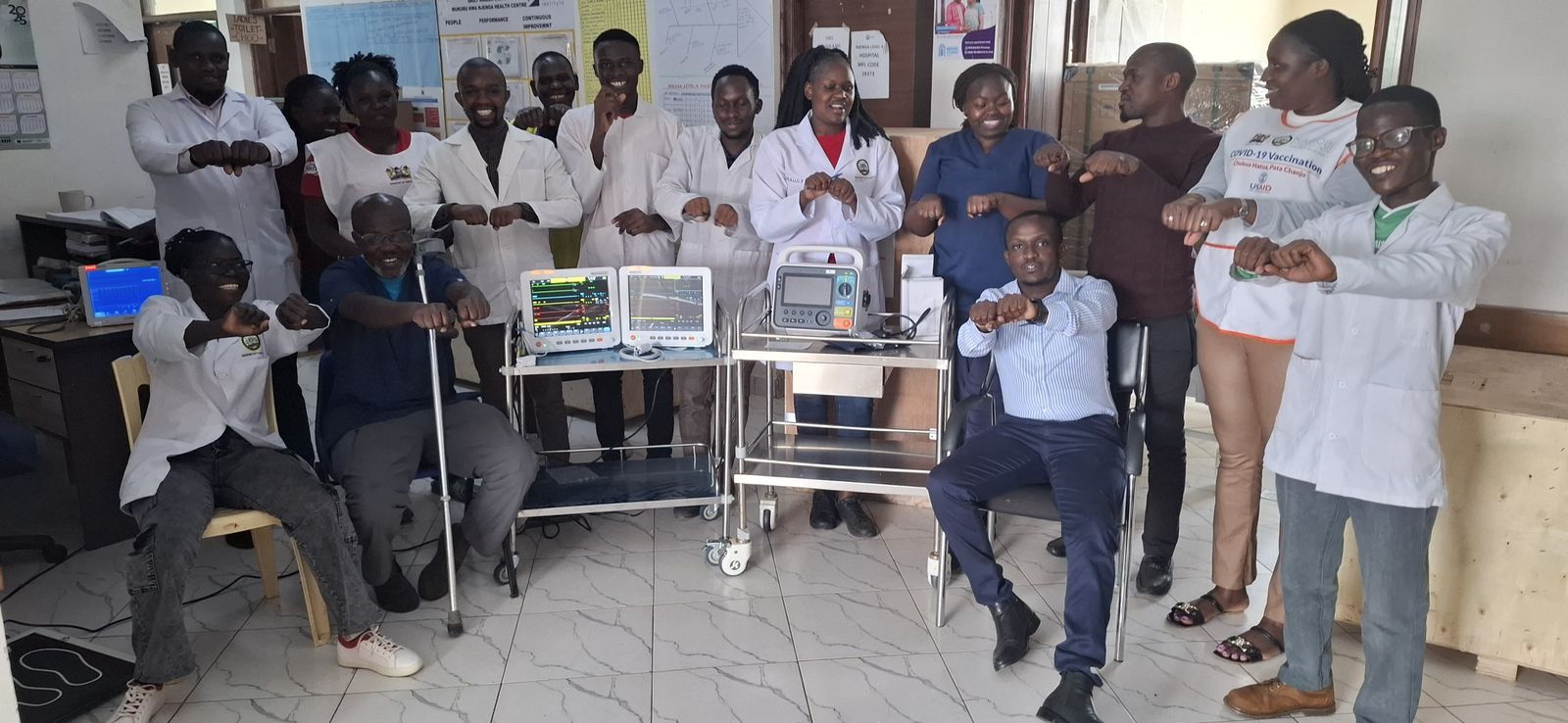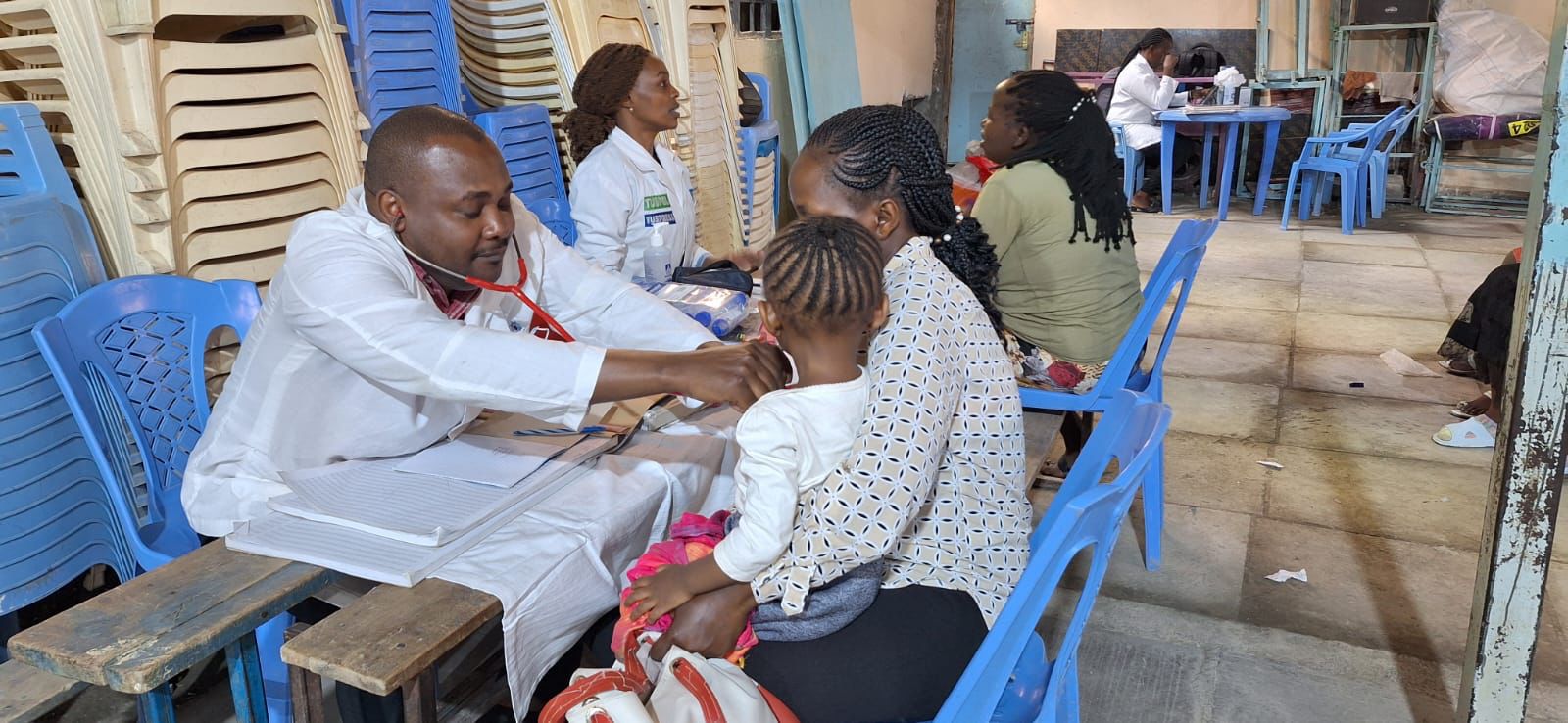

Health facilities
across Nairobi are seeing a quiet but notable turnaround, driven by funding
from the Social Health Authority (SHA).
The program, now
active in Level 2, 3, and 4 hospitals in the city, is beginning to ease
long-standing challenges in public health care delivery.
In Embakasi South,
four key facilities—Mukuru Health Centre, Njenga Level 4 Hospital, Kware
Dispensary, and Tueben Health Centre—are reporting improvements linked to SHA
reimbursements.
These funds,
disbursed monthly, allow hospitals and clinics to offer services at no cost to
patients and maintain basic operations, from drug supplies to minor
infrastructure fixes.
Dr. George Gatama,
the Subcounty Medical Officer of Health, says the changes are starting to show
on the ground.
“Kware Dispensary is
currently leading in SHA revenue among Nairobi’s facilities,” he said.
“We’ve been doing
weekly medical outreaches, especially in underserved areas, and that has
boosted both patient numbers and claims submitted to SHA.”
At these outreach
events—usually held on Saturdays—residents receive basic services like
consultations, immunizations, family planning, eye exams, and dermatology
checks. P
atients are also
enrolled into the SHA system during treatment, allowing facilities to claim
reimbursements directly.
According to Dr.
Gatama, a recent outreach on June 2 and 3 served hundreds of patients.
The dispensary was
later reimbursed Sh 1.1 million, while Njenga Health Facility received Sh 1.2
million for services rendered.
The funds have
helped facilities stock up on essential drugs, close staffing gaps, and improve
infrastructure. Mukuru Health Centre, for instance, recently acquired 40 new
chairs, and renovations are underway.
SHA’s regular
disbursements contrast with the older NHIF model, which often delayed payments.
“NHIF used to pay maybe twice a year,” Dr. Gatama noted.

“With SHA, funds
come in monthly, and that consistency allows us to plan and respond better.”
Kware Dispensary,
which operates from two container units, has experienced a sharp rise in
patient numbers due to high population density in the surrounding Pipeline
Ward.
Discussions are
underway to upgrade Njenga Health Facility to a Level 4 hospital to ease
pressure on other centres.
Nairobi’s Health
CECM, Suzanne Silantoi, acknowledged that while challenges remain, the funding
is beginning to improve conditions in many facilities.
“At the very least, most clinics now have
proper partitions for patient privacy,” she said.
Governor Johnson
Sakaja also weighed in, crediting SHA for improving patient tracking and
resource use.
“We now have systems that trace every patient
from registration to reimbursement,” he said.
“It’s helping us
understand the actual demand in our clinics. Some are now handling up to 1,000
patients a day.”
With regular
funding, better coordination, and rising community participation, SHA’s rollout
in Nairobi appears to be stabilising public health services, offering a
potential template for how county-level systems can function more efficiently.

















